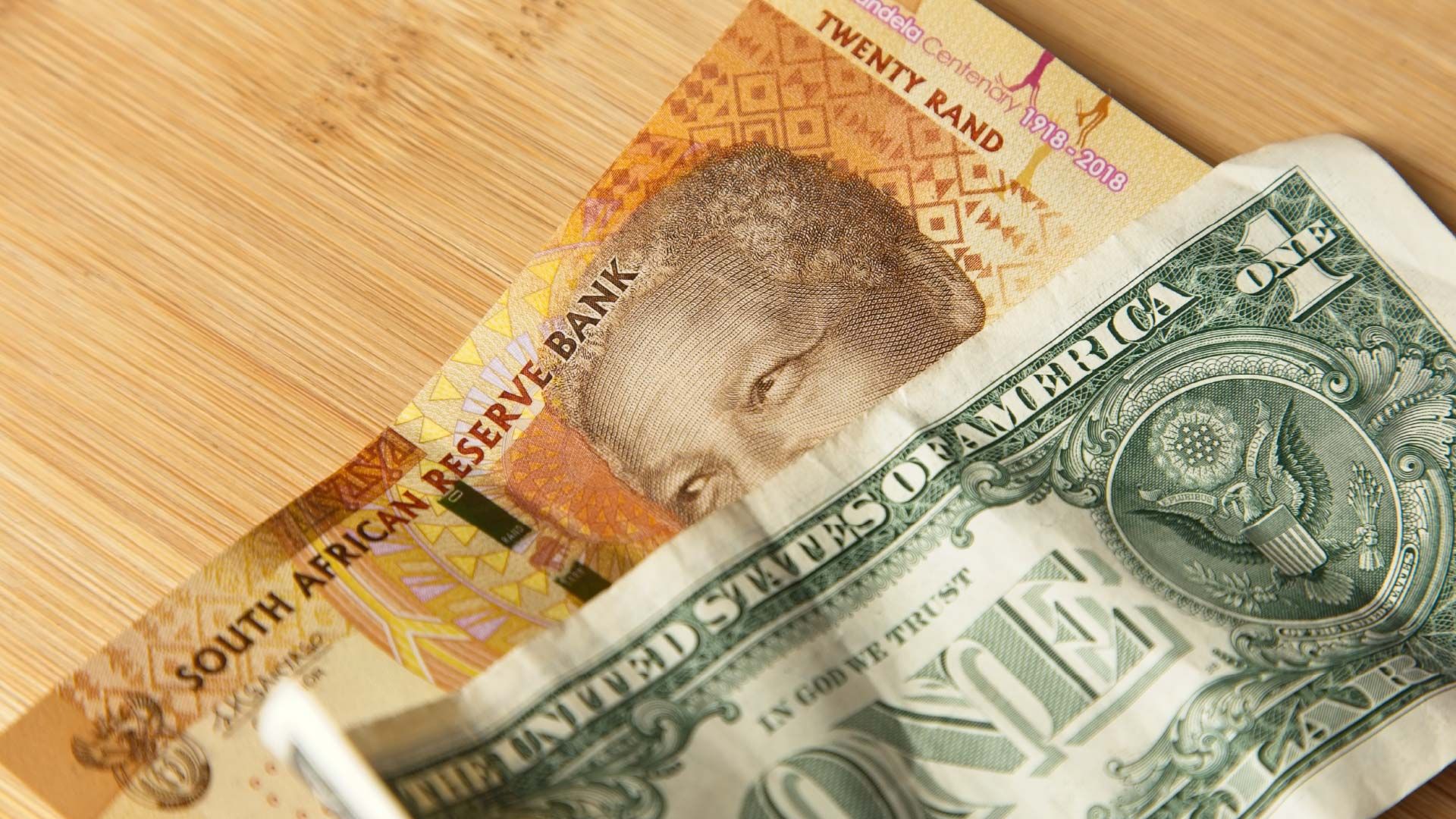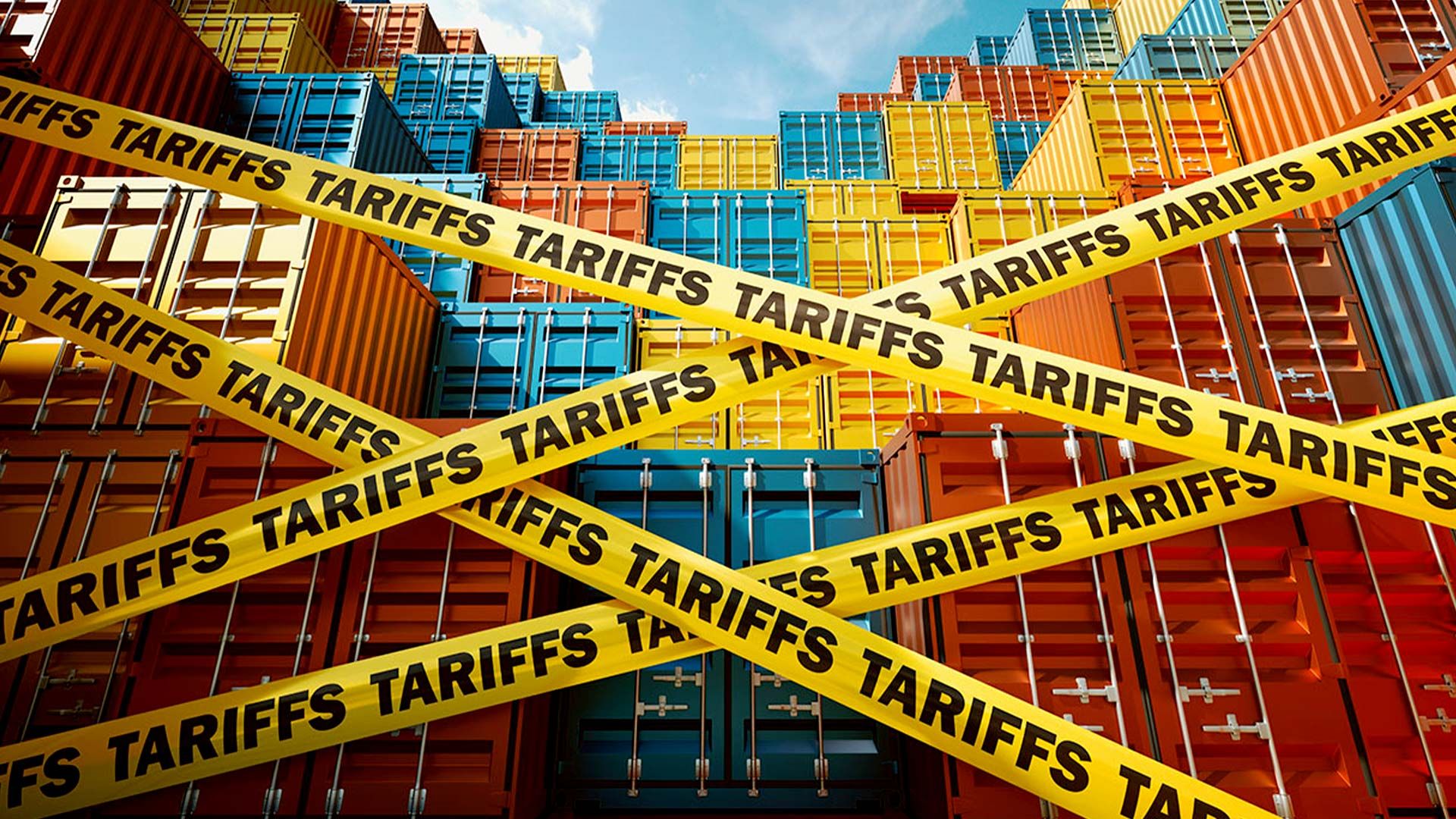June 5, 2025
South Africa’s Economy in 2025
A Steady Path Amid Global Challenges

Global Uncertainty and Diplomatic Strains
Internationally, tensions between South Africa and the United States have escalated, with the suspension of aid programs like PEPFAR, ongoing disagreements over race laws, and Washington’s criticism of policies such as the Economic Justice and Redistribution Framework under the recently signed Expropriation Without Compensation (EWC act into law). Moreover, the onset of US tariff wars against China and other global powers poses significant risks to South Africa’s export sector, particularly under the African Growth and Opportunity Act (AGOA)—a critical trade agreement that facilitates access to the US market.
These tensions threaten to curtail South Africa’s exports to the US, especially in sectors like precious metals, minerals, and manufactured goods. Nonetheless, the country’s diversified export base, which includes base metals, diamonds, and minerals, has helped maintain a positive trade balance, with a R14.07 billion surplus in April 2025 and a 1.9% rise in exports during the first four months.
Sound Monetary Policy Anchors Growth
The South African Reserve Bank (SARB) has responded to global volatility by reducing interest rates for the fourth time since September 2024. At the end of May 2025, the repo rate was lowered to 7.25%, with the prime lending rate dropping to 10.75%. This conservative monetary easing aims to stimulate investment, reduce borrowing costs, and support sectors such as construction, infrastructure, and manufacturing—key drivers for boosting employment and economic activity.
Low inflation at 2.8% provides the room for such accommodative policies, and the currency remains relatively stable against major currencies, reflecting investor confidence in South Africa’s economic fundamentals. However, the Reserve Bank remains vigilant to risks, such as adverse global shocks and potential stagflation scenarios stemming from further global trade disruptions.
Domestic Growth and Sectoral Performance
South Africa’s GDP rose by 0.1% in Q1, defying expectations of a contraction, largely buoyed by sectors like agriculture (which expanded by 15.8% quarterly) and finance. Agriculture’s strong performance underscores the importance of structural reforms and favourable seasonal conditions, but sectors like mining, manufacturing, and construction continue to face setbacks, with declines ranging from 2.4% to 4.2%.
Overall, the inflation environment remains manageable, and ongoing infrastructure projects—aiming to improve port and rail efficiencies—may unlock further trade potential. The economy’s forecasted growth for 2025 is around 1%, below earlier projections but still indicative of gradual recovery.
Policy Priorities for Inclusive Economic Growth
Sustainable growth however depends on clear policy direction, prudent fiscal management, and fostering investor confidence. Diplomatic advances, especially President Ramaphosa’s efforts to strengthen US relations—highlighted by renewed support for AGOA—are critical. Improving trade accessibility, combined with targeted reforms, will help reduce unemployment, which remains a pressing challenge.
While external risks—like US tariffs and geopolitical tensions—cannot be ignored, South Africa’s focus on low inflation, stable currency, and infrastructure investment provides a solid foundation to weather storms and pursue growth. Private sector-led initiatives and reforms to streamline business processes are essential to unlocking higher employment and improved service delivery.
Conclusion
In 2025, South Africa’s economy is demonstrating resilience through cautious monetary policy and structural adjustments. While global uncertainties persist, the country’s prudent fiscal stance, combined with strategic reforms and diplomatic engagement, positions it to steady itself on a path toward sustainable growth. For a nation with significant potential and resources, staying the course with growth oriented economic policies and realistic expectations will be key to lifting millions out of poverty and building long-term wealth for South Africa going forward. The challenge remains: to sustain this fragile recovery and turn modest gains into meaningful, inclusive prosperity in the medium to longer-term.











